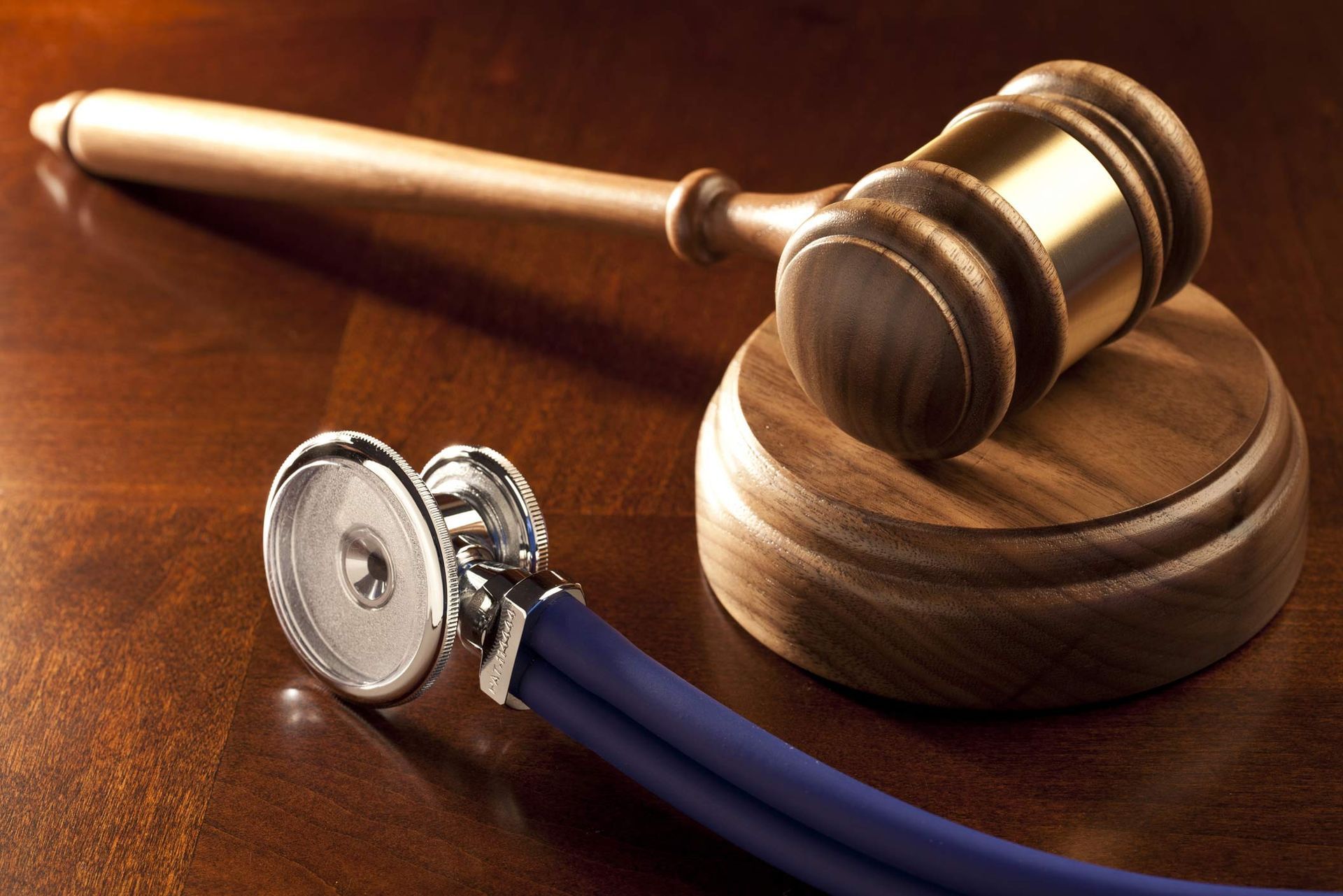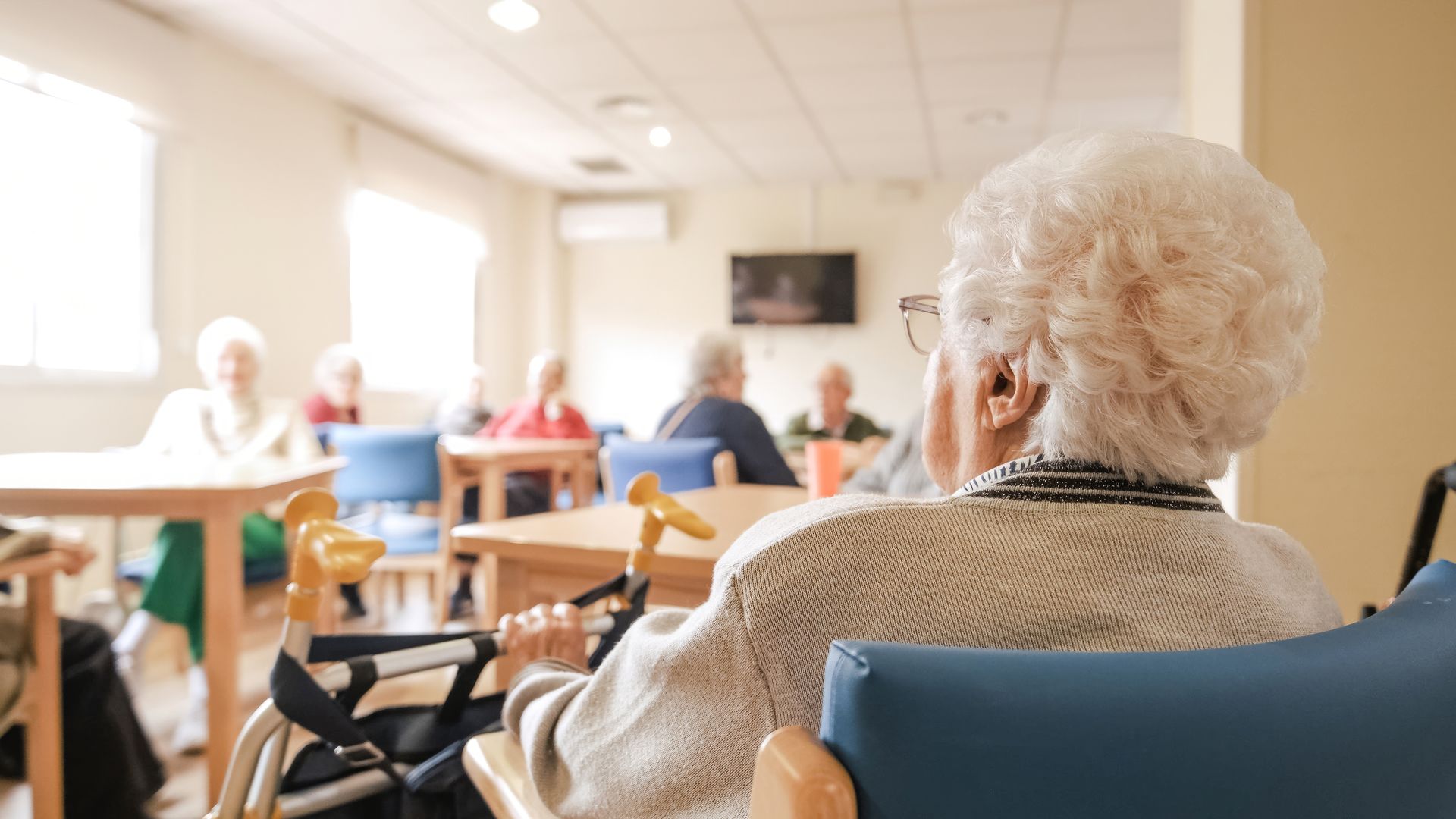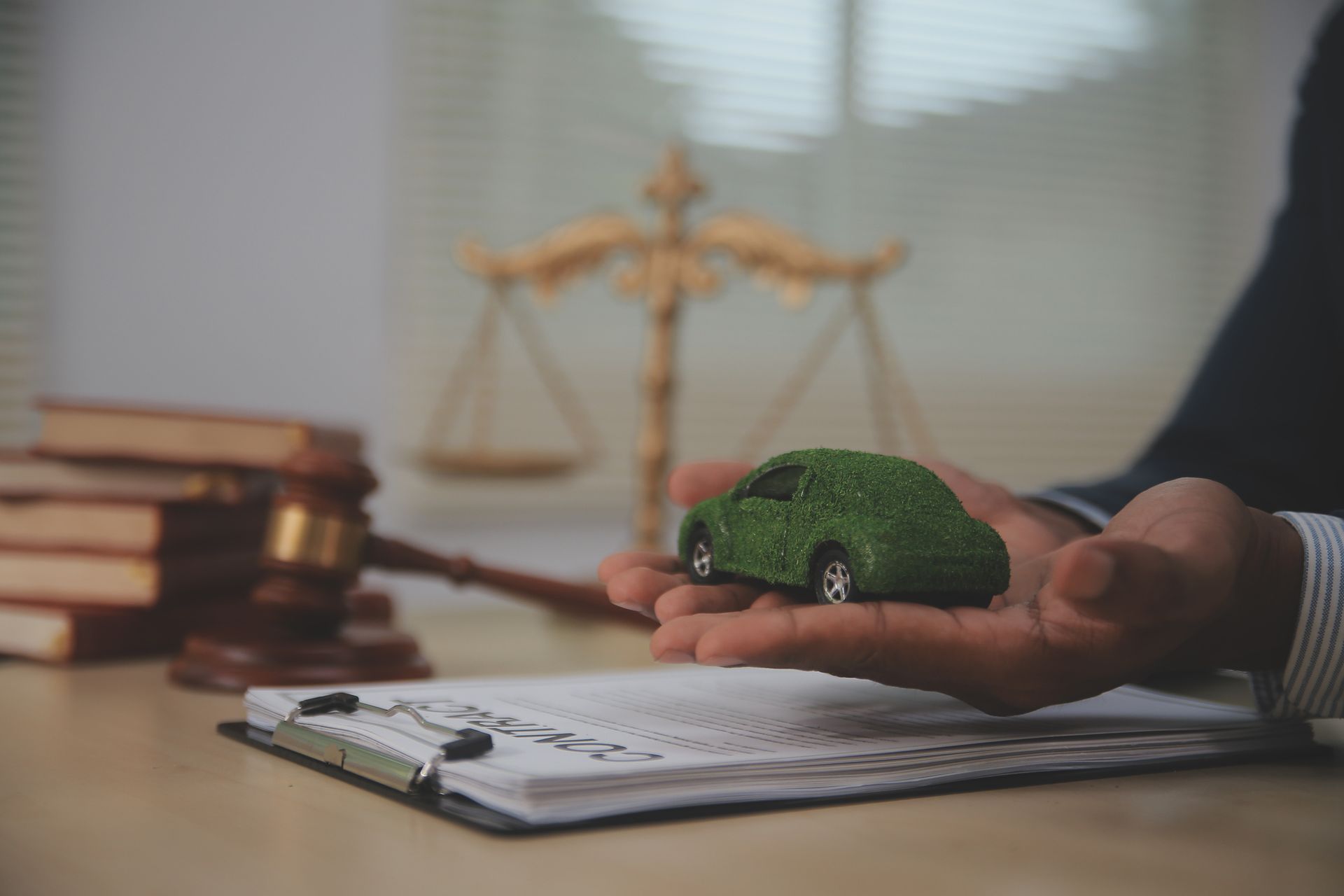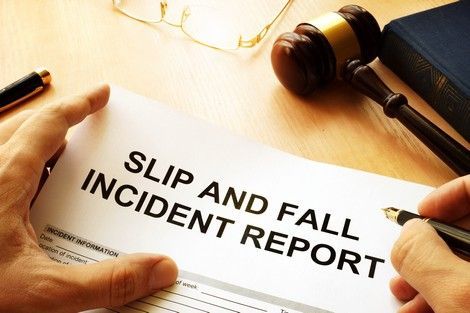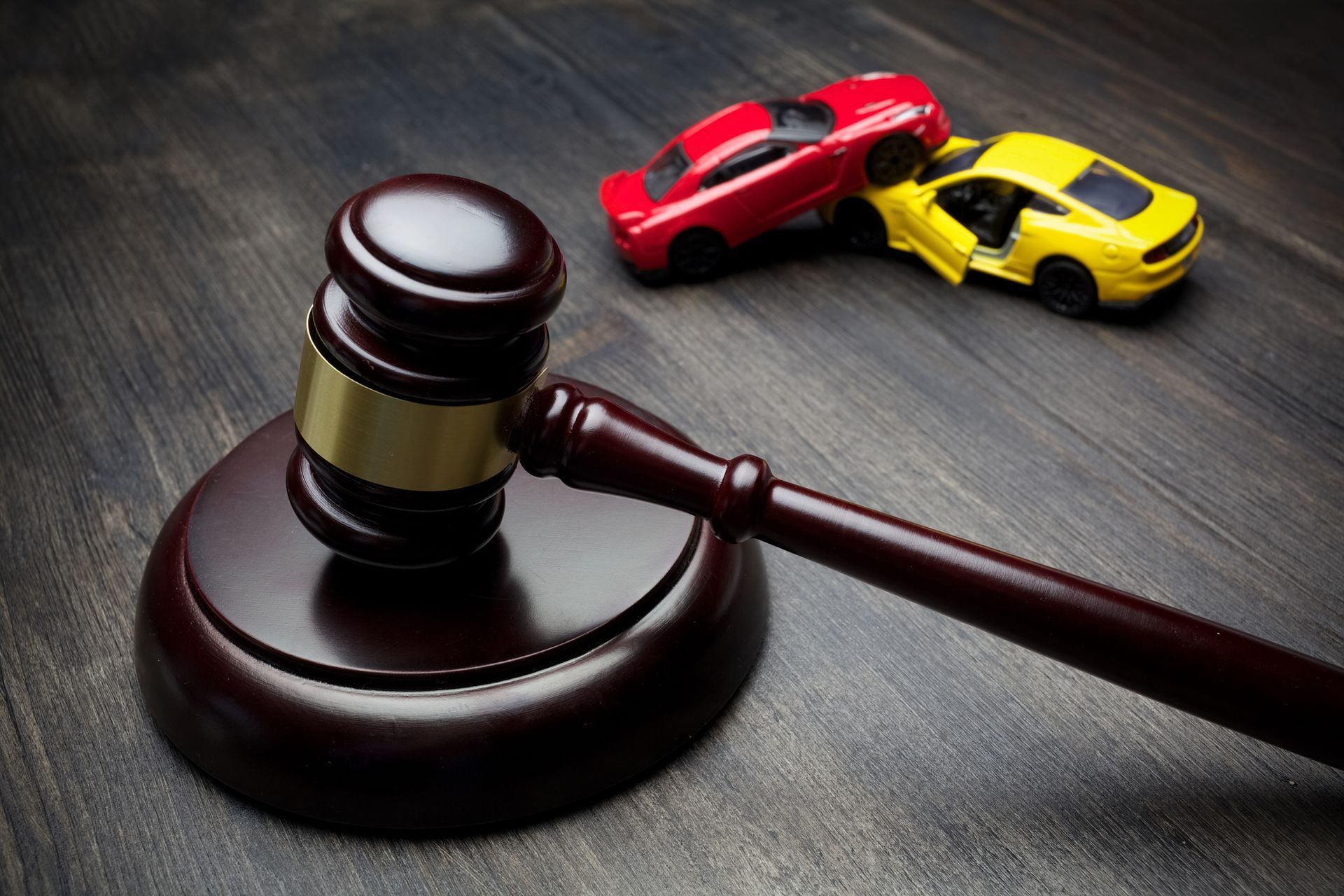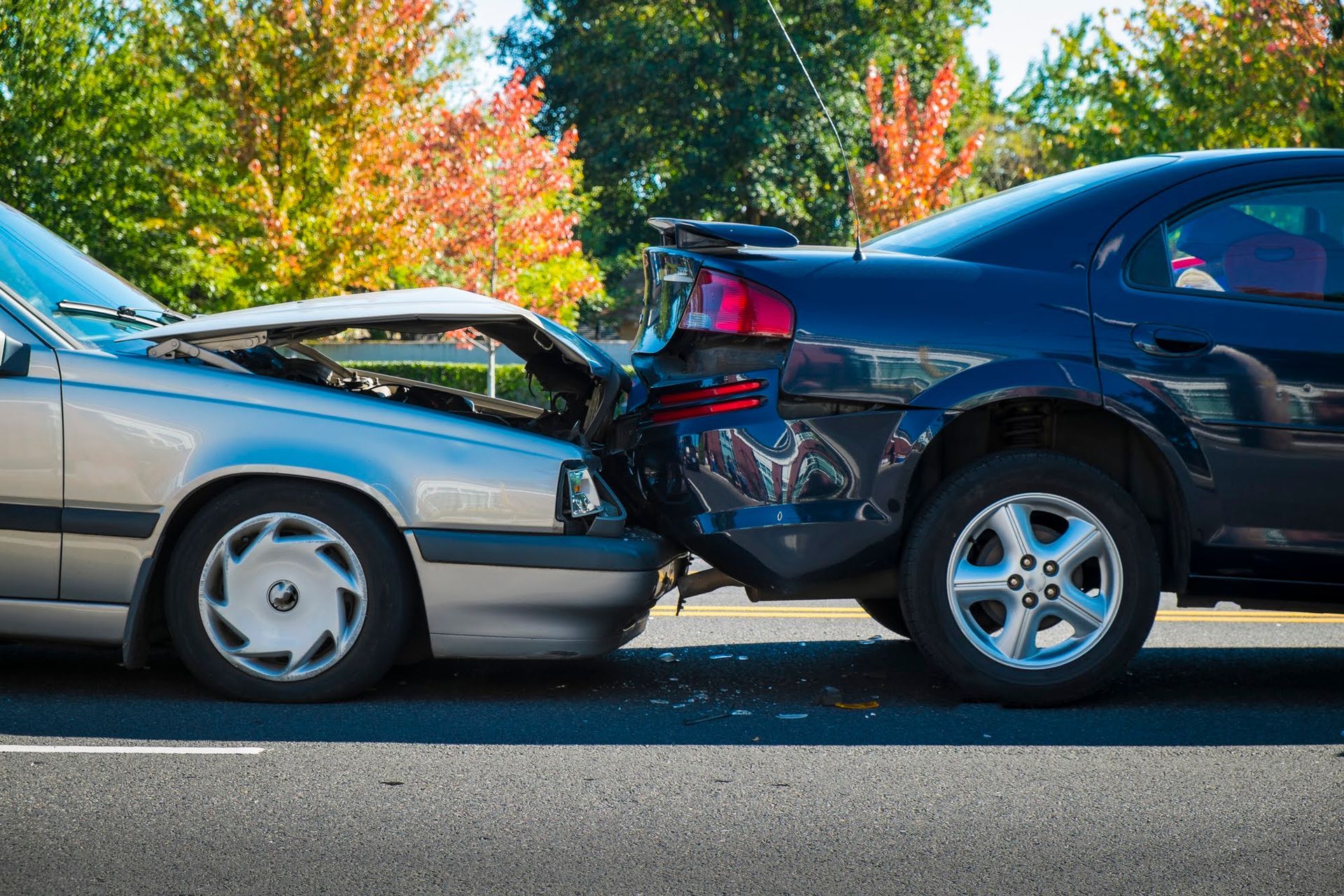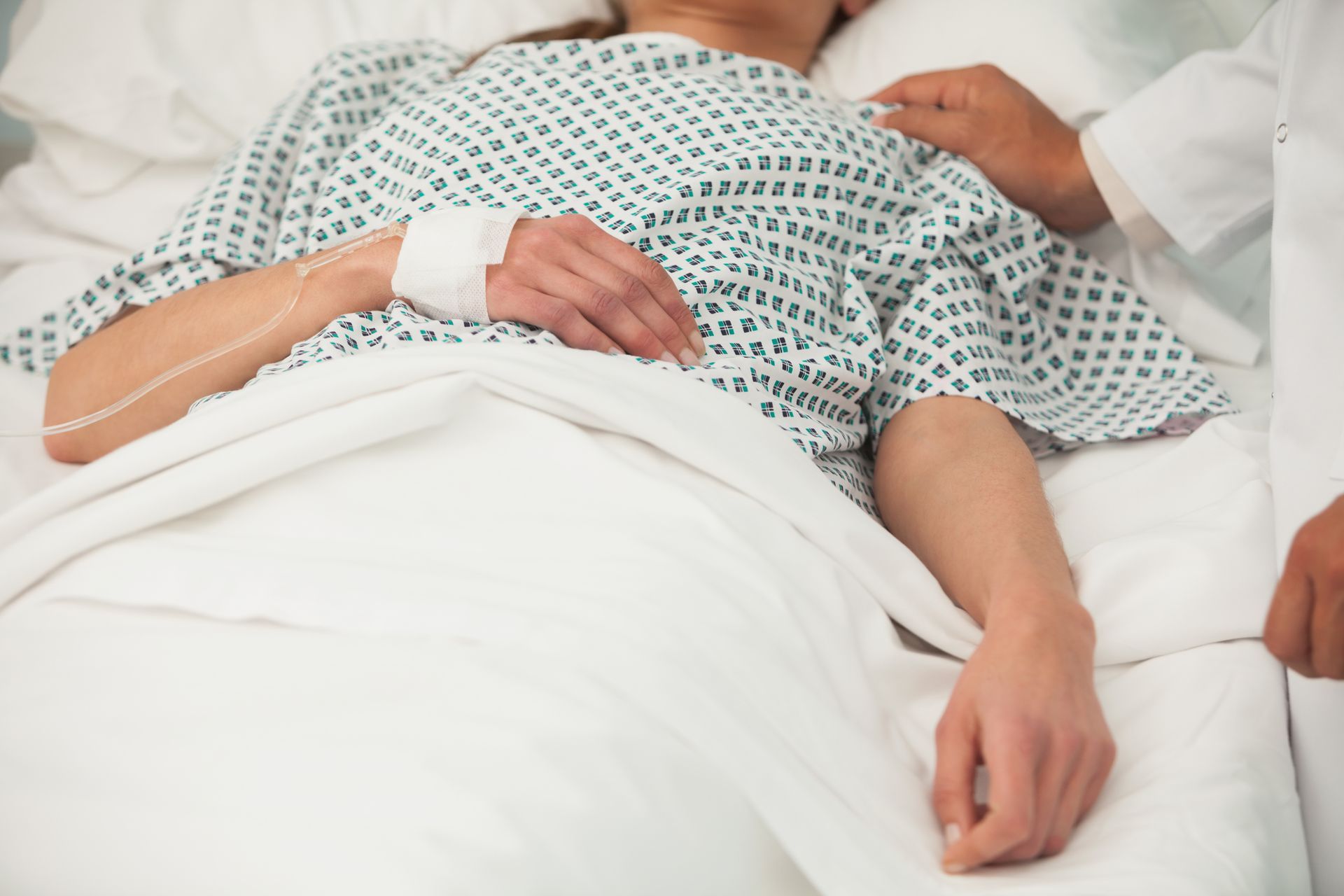How New York Negligence Laws Affect 3 Common Auto Accidents
Were you injured or suffered property damage in an auto accident? If you need to sue for proper compensation from the at-fault parties, the first step is to understand New York's negligence laws and how they apply to your particular type of accident.
To help you know what to expect and develop the best case, here's what you should know about three of the most common auto accidents and the laws which apply to them.
1. Two-Car Accident
With so many cars and trucks on New York's roads, the chances are fairly high that two of them will crash into each other. This scenario generally falls into one of two categories for personal injury law purposes. The first, and simplest, is when one driver is clearly and unequivocally at fault while the other driver was following all the standard rules of safe driving.
The second scenario is more complex. It happens when the victim may have been doing something which contributed to the accident. Perhaps you were hit by a driver who ran a red light. However, you were looking at a text you just received. While the other driver was clearly negligent for running the red light, they may argue that you were also negligent for texting.
In this scenario, New York law follows a doctrine known as comparative negligence. This legal doctrine allows liability for an accident to be apportioned between both the person being sued (defendant) and the one suing (plaintiff). So the court may find you 25% liable and the red light runner 75% liable. Your damages would be reduced by the corresponding percentage. However, the other driver can also sue you.
2. Auto Vs. Pedestrian or Cyclist
It may surprise you to know that pedestrians, cyclists, and other roadway users may also have to deal with comparative negligence. Many people believe that a pedestrian cannot be held liable for their own accident because the driver has a much larger responsibility toward others. This is partly true. New York, like other states, holds drivers liable for operating their vehicles with a significant duty of care toward others.
However, pedestrians and others also have a duty of care. That duty generally means they must act in ways to reasonably prevent harm to themselves. So if a pedestrian crosses the road against the red light, they have not fulfilled their duty of care. They may be held liable for contributing to the accident and their own injuries based on New York comparative negligence laws.
3. Accident on Private Property
Not all vehicle activity is on public roads, of course. You may suffer an accident while in a parking lot filled with other drivers and pedestrians. Perhaps your accident occurs on your employer's driveway or a neighbor's land. Accidents on private property can be tricky in several ways.
For one thing, premises liability is more likely to be an issue. New York requires property owners to maintain their property free of obvious hazards to others who are on the property legally. If your accident happened due to a blind corner in a parking lot with overgrown landscaping, the property owner may have failed in their duty of care. In addition, the driver who hit you may also be liable under their own duty of care.
Does your accident fall into any of these categories? Does it have other unique factors which make it complicated? Find out more about your personal injury case and New York law by meeting with Neimark Coffinas & Lapp LLP We will work with you to identify all parties who could be liable, defend against comparative negligence accusations, and build the strongest case possible. Call today to make an appointment.









